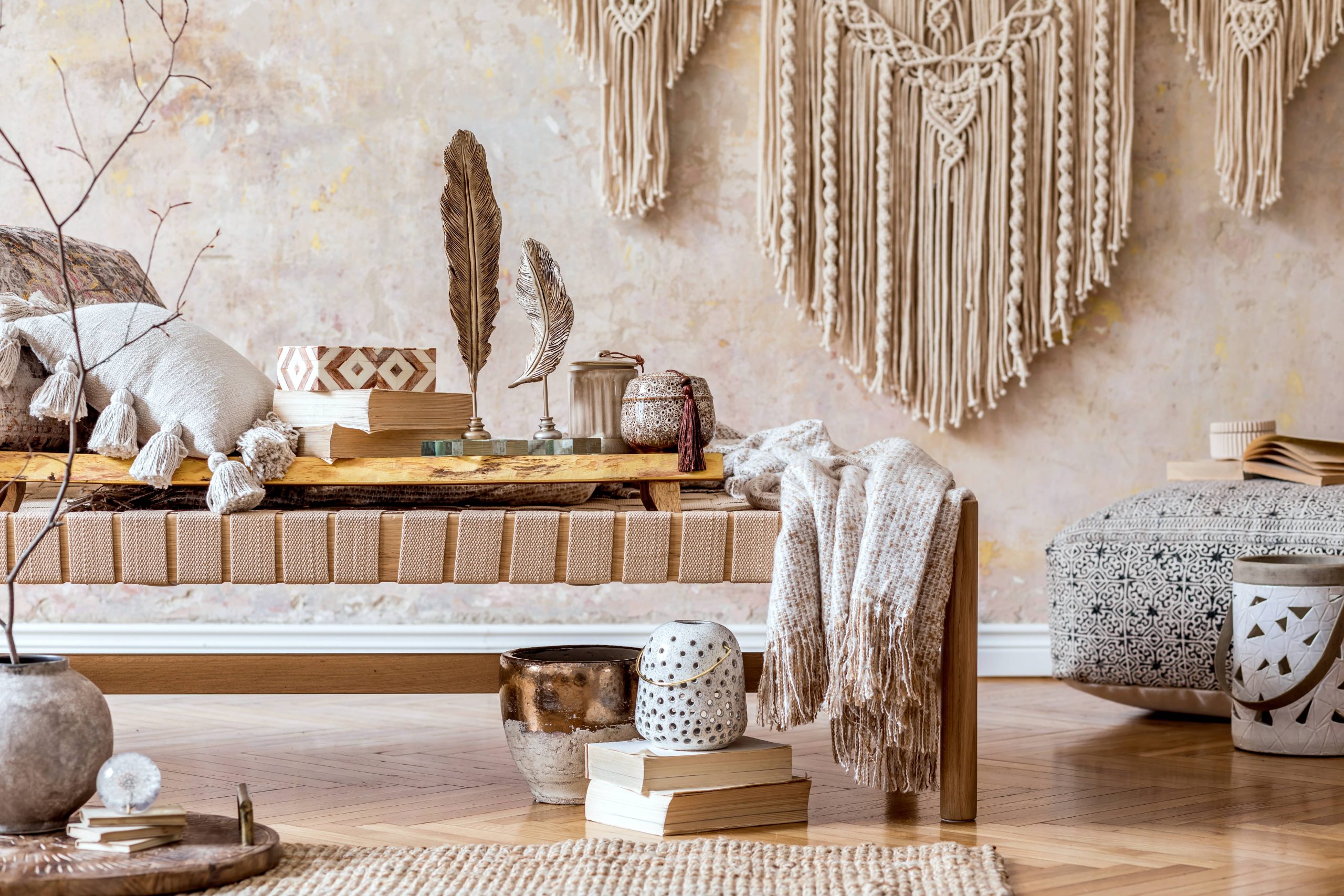
In recent years, minimalism has evolved from a buzzword to a lifestyle embraced by many. It’s about simplicity, clarity, and mindfulness, and it naturally extends to home décor. Minimalism in the kitchen combines functionality with an aesthetic appeal that is both soothing and efficient. If you’re looking to transform your kitchen into a minimalistic haven but don’t know where to start, this guide will offer you practical ideas and inspiration.
1. Embrace Neutral Colors
The first step towards achieving a minimalist kitchen is to choose a color palette that promotes calm and clarity. Neutral colors such as whites, greys, and beiges form the foundation of minimalist décor. These shades are not only timeless but also give your space an open and airy feel. You can add interest with subtle variations or textures, such as matte finishes or slightly different tones across surfaces. If you want to introduce some contrast, consider incorporating small doses of black or navy, which can add depth without overwhelming the senses.
2. Maximize Natural Light
Natural light is a crucial component of minimalist design. It enhances the airy feel of the room and makes spaces appear larger and more inviting. To optimize natural light, make sure your windows are unobstructed. Choose sheer curtains or blinds to let light filter through, and use mirrors strategically to reflect light around the room. If natural light is limited, invest in soft white lighting to replicate a sunny ambiance. Consider pendant lights or recessed lighting that enhances the simple lines and contributes to the overall clean aesthetic.
3. Prioritize Functionality
In minimalist décor, every item should serve a purpose. Prioritize functional elements that contribute to a clutter-free environment. Start by evaluating your kitchen tools. Do you really need three sets of measuring cups? Streamline your kitchen accessories to the essentials and store away duplicates or rarely used items. Choose multi-purpose appliances and keep countertops clear to maintain a sense of order. A simple fruit bowl or a well-placed plant can be the only decorative element on your countertop. This approach ensures that your kitchen is both beautiful and practical.
4. Invest in Quality Materials
Minimalism thrives on quality over quantity. Invest in materials that stand the test of time, such as stone, wood, or stainless steel. These materials are not only durable but also elegant in their simplicity. A wooden countertop, a granite island, or a stainless steel sink can serve as focal points in your kitchen décor. The tactile appeal of these materials adds richness without the need for excessive adornment. In addition, maintaining a neutral color palette with your materials ensures a cohesive and sophisticated look.
5. Simplified Cabinetry
Cabinetry plays a pivotal role in achieving a minimalist kitchen. Opt for handle-free cabinets for a seamless look or choose simple, linear handles that do not distract from the overall design. The finish of your cabinetry is equally important; matte or satin finishes often work best in minimalist spaces. Open shelving can also be an excellent choice, allowing you to display only your most beautiful and functional items such as glassware or a curated selection of dishware. Remember, less is more, so curate your selections thoughtfully.
6. Incorporate Minimalist Textures
Minimalist doesn’t mean devoid of character. Incorporating subtle textures can add dimension and depth to your space. Consider a brick or stone backsplash, a textured wall, or even shiplap for understated elegance. Textures in textiles can also enrich your kitchen décor; choose linen dish towels or woven placemats to blend function with understated beauty. The key is to choose textures that complement the simplicity of the overall design and avoid overwhelming the senses.
7. Opt for Integrated Appliances
Modern minimalist kitchens often feature integrated appliances, which help maintain a smooth, clutter-free appearance. Choose built-in refrigerators and dishwashers with paneling that matches your cabinets for a cohesive look. Ovens and microwaves can also be built into cabinetry to avoid disrupting the clean lines of your kitchen. This integration not only enhances the minimal appeal but also improves the ergonomic flow of your kitchen space.
8. Maintain Organization
Sustaining a minimalist kitchen goes beyond initial decoration—it’s about maintaining order. Implement smart storage solutions such as pull-out pantries, drawer dividers, and corner shelving to keep your kitchen organized. Label jars and containers to streamline meal prep and keep surfaces and storage visually tidy. A regular decluttering routine will help maintain the aesthetics of your kitchen, ensuring it remains a clean and calm environment.
Conclusion
Creating a minimalist kitchen is not just an exercise in style but a commitment to a more mindful way of living. It emphasizes quality, functionality, and simplicity, resulting in a space that serves both practical and aesthetic needs. By embracing neutral colors, maximizing natural light, and investing in quality materials, you can create a kitchen that reflects the serenity and balance of the minimalist philosophy. Remember, the heart of a minimalist kitchen is not what you add but what you eliminate—allowing room for efficiency, elegance, and calm. With these ideas in mind, you’re well on your way to achieving a minimalist look that can transform your kitchen into a peaceful oasis.

